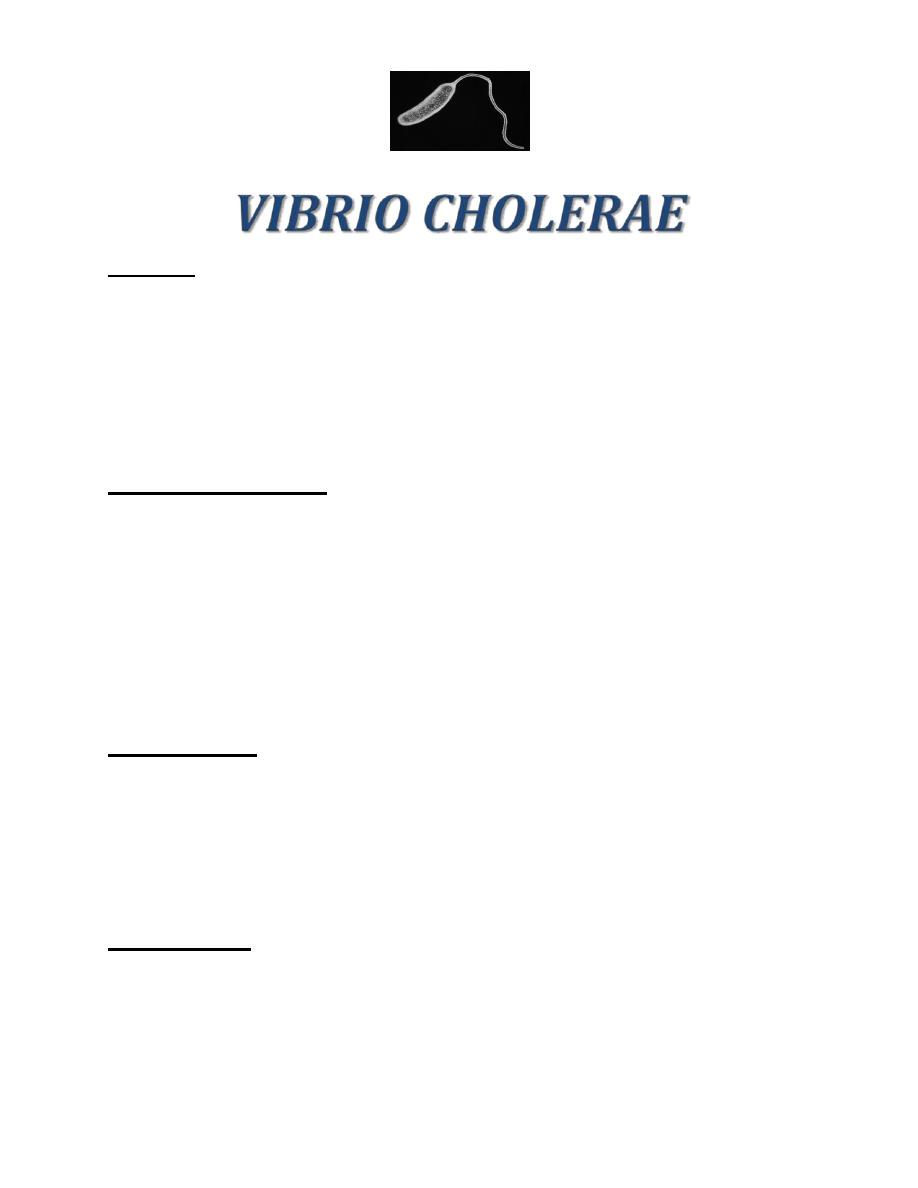
1
History
Cholera is a life-threatening secretory diarrhea.
Induced by an enterotoxin (cholera toxin) secreted by V.cholerae.
Cholera affects millions, in endemic areas and causes thousands of deaths especially
during seasonal epidemics.
Robert Koch discovered V.cholerae.
Nearly 7-8 pandemics, last one was in 1992 in Chennai and other eastern parts of
India.
EPIDEMIOLOGY
Natural reservoir is brackish or salt water.
Human carrier is uncommon.
Feco-oral route of transmission.
Sensitive to low pH and die rapidly in solutions below pH 6.
Tolerant of alkaline conditions.
Contaminated water & food.
(O) Ag used in serogrouping (O1 & O139)
Biochemical & physiological tests used in biotyping.
Pathogenesis
Vibrios are sensitive to acid, and most die in the stomach. Surviving virulent organisms
may adhere to and colonize the small bowel, where they secrete the potent cholera
enterotoxin (CT, also called "choleragen"). This toxin binds to the plasma membrane of
intestinal epithelial cells and releases an enzymatically active subunit that causes a rise in
cyclic adenosine 51-monophosphate (cAMP) production. The resulting high intracellular
cAMP level causes massive secretion of electrolytes and water into the intestinal lumen.
Host Defenses
Gastric acid, mucus secretion, and intestinal motility are the prime nonspecific defenses
against V cholerae. Breastfeeding in endemic areas is important in protecting infants from
disease. Disease results in effective specific immunity, involving primarily secretory
immunoglobulin (IgA), as well as IgG antibodies, against vibrios, somatic antigen, outer
membrane protein, and/or the enterotoxin and other products.
Department of Microbiology
College of Medicine
University of Baghdad
Bacteriology Lab.
No. 19
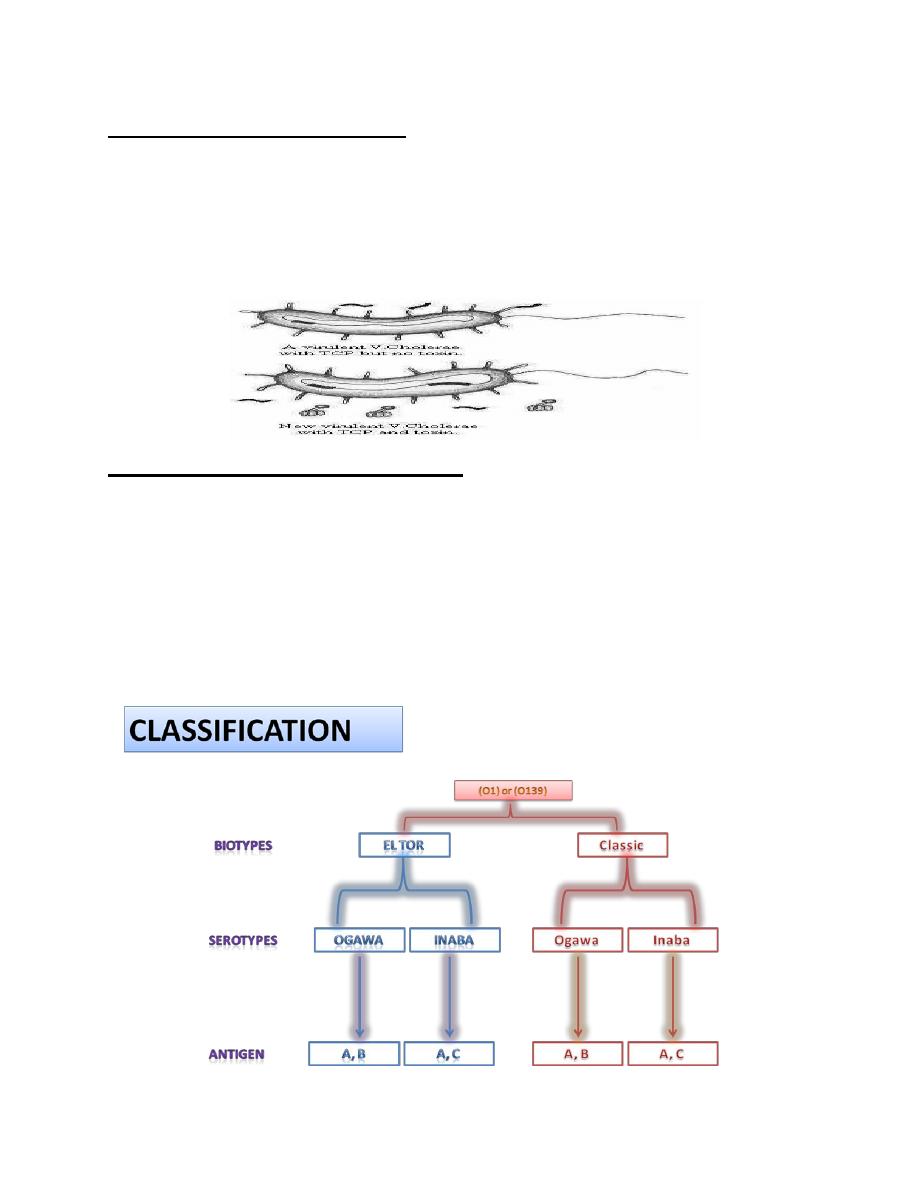
2
VIRULENCE FACTORS
TCP pili
O1 and O139 somatic antigens.
Cholera toxin (CT).
Hemolysin/ cytoxins/ mucinase.
Motility.
Structure and Antigenic Types
Gram-negative, slightly curved rods whose motility depends on a single polar
flagellum.
Facultative anaerobic.
Can grow in (0-6%) NaCl.
Two serogroups (toxigenic): O1 and O139. Each group has 2 biotypes (classical and
El Tor) and each biotype has 2 serotypes (Inaba & Ogawa).
Other O groups are nontoxigenic and sometimes called non-agglutinable V. cholera.
Can cause mild diarrhoea.
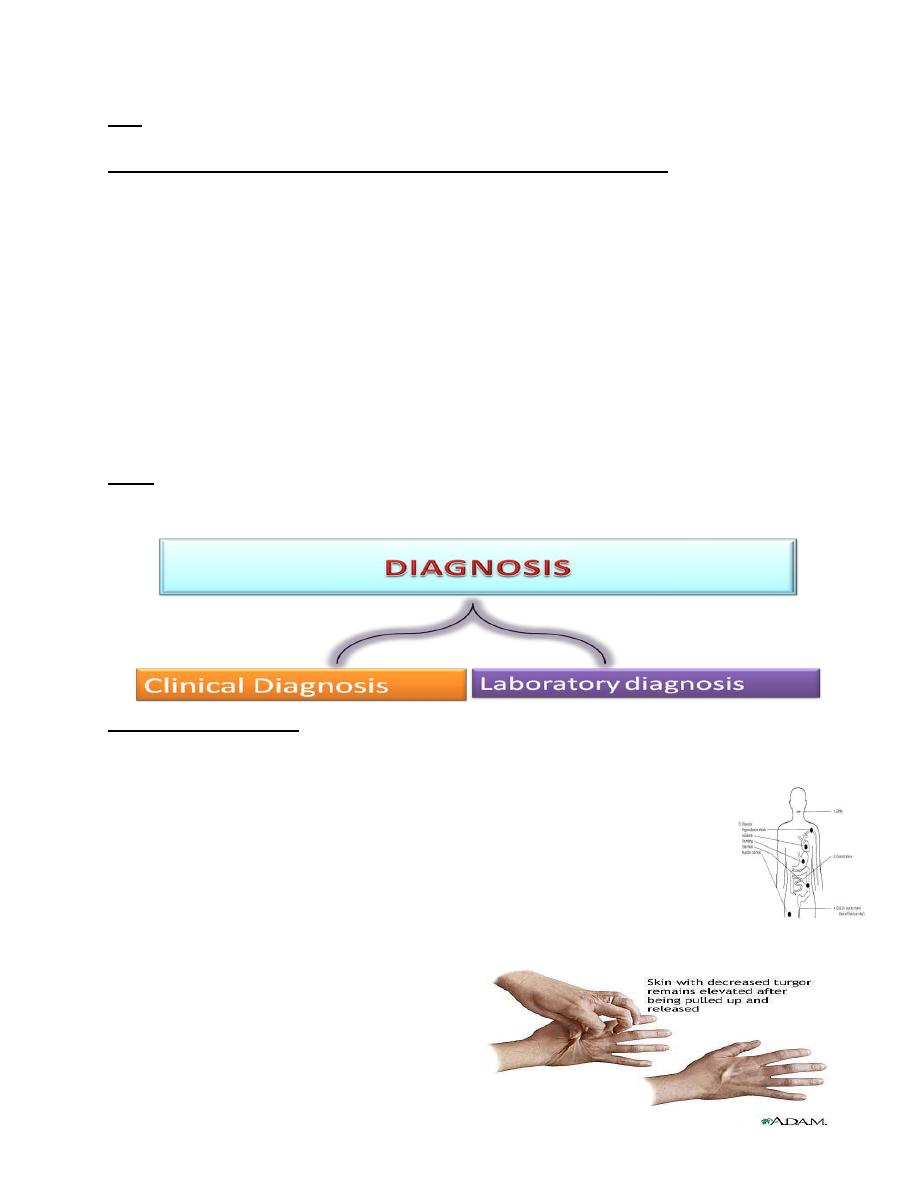
3
Note: a rare serotype is called “Hikojima” have (A, B, C).
Differences between biotypes: El Tor distinguished by:
Production of hemolysins.
Higher carriage rate.
Ability to survive in water for long periods.
Less enterotoxin.
Vogas proskauer + ve
Resistant to polymyxin and to bacteriophage IV.
Agglutinate Chicken RBS(s) on slide
Note: these differences ONLY for epidemiological significances.
CLINICAL FEATURE:
Incubation period of 6 to 48 hours.
Abrupt onset of watery diarrhoea (rice-water) without blood nor pus.
Muscle cramps.
Vomiting.
Scaphoid abdomen.
Loss of skin turgor.
weak pulse.
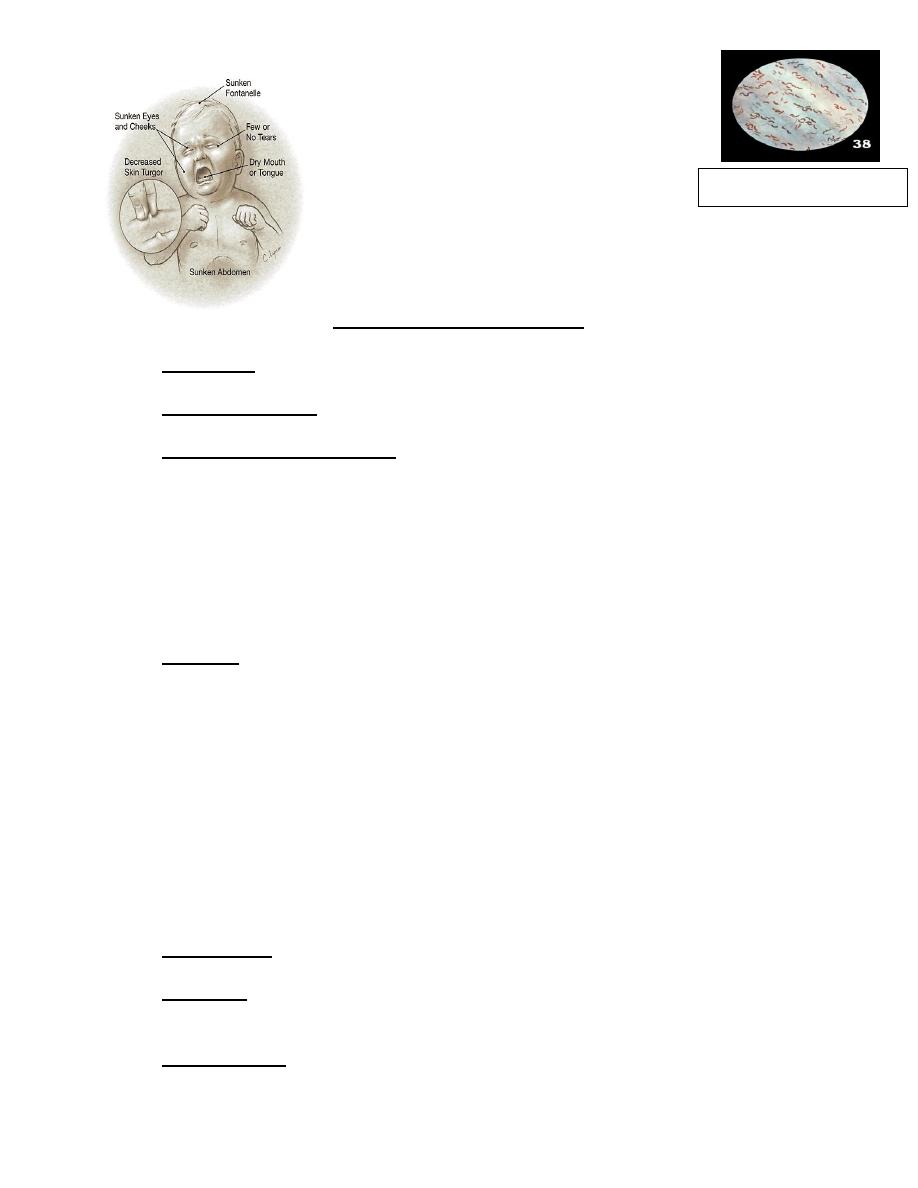
4
Laboratory Diagnosis
Specimen:
fresh stool.
Transport Media:
Cary Blair medium.
Direct Detection methods:
V. cholerae toxin in stool by ELISA or latex Agglutination test.
Microscopically:
Light microscope:
Gram’s –ve short, straight or slightly curved rods (comma shape).
Dark field microscope:
rapid darting or shooting-star motility.
Culture:
5% CO2, 35C, 24h.
1. Blood agar: medium to large, smooth, opaque, greenish hue, with or without beta -
hemolysis.
2. MacConkey's Agar: non-lactose fermentor.
3. TCBS (thiosulfate citrate bile salts sucrose): selective & differential for Vibrio
species. V. cholerae appears yellow in color. Other Vibrio may appear green or
yellow.
4. Alkaline peptone water (Enrichment broth) (8.5ph): in suspected cases of
asymptomatic (carrier) state.
Biochemical tests:
oxidase + ve.
Serology:
suspected colonies slide agglutination with specific antisera (anti O1,
anti O139, anti Ogawa, Anti Inaba).
Serodiagnosis:
detect titer, rarely used.
Gram’s stain V. cholerae
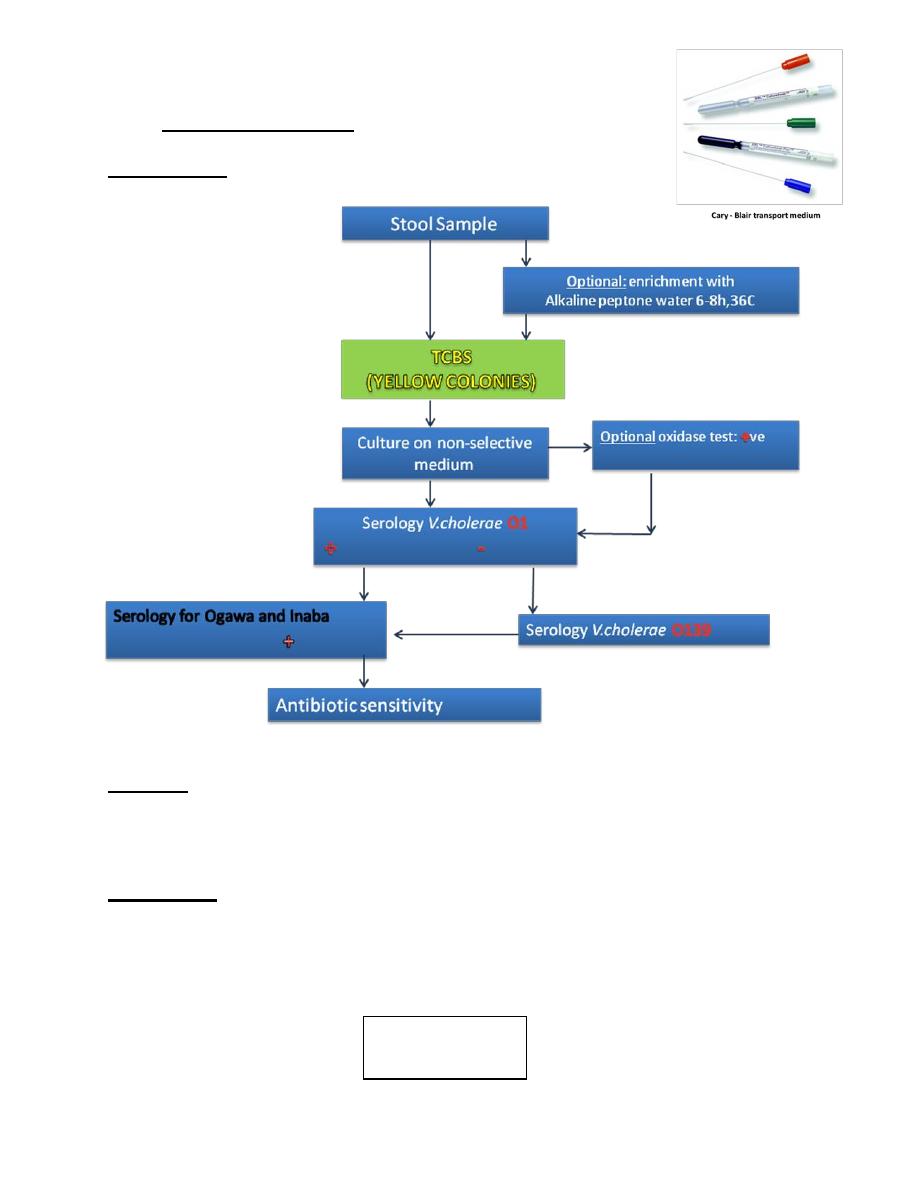
5
Antibiotic sensitivity:
Flow chart:
Control
Good sanitation.
A good vaccine has not yet been developed.
Antibiotic prophylaxis is feasible for small groups over short periods.
Treatment
Replace Water & Electrolyte.
Tetracycline.
END
